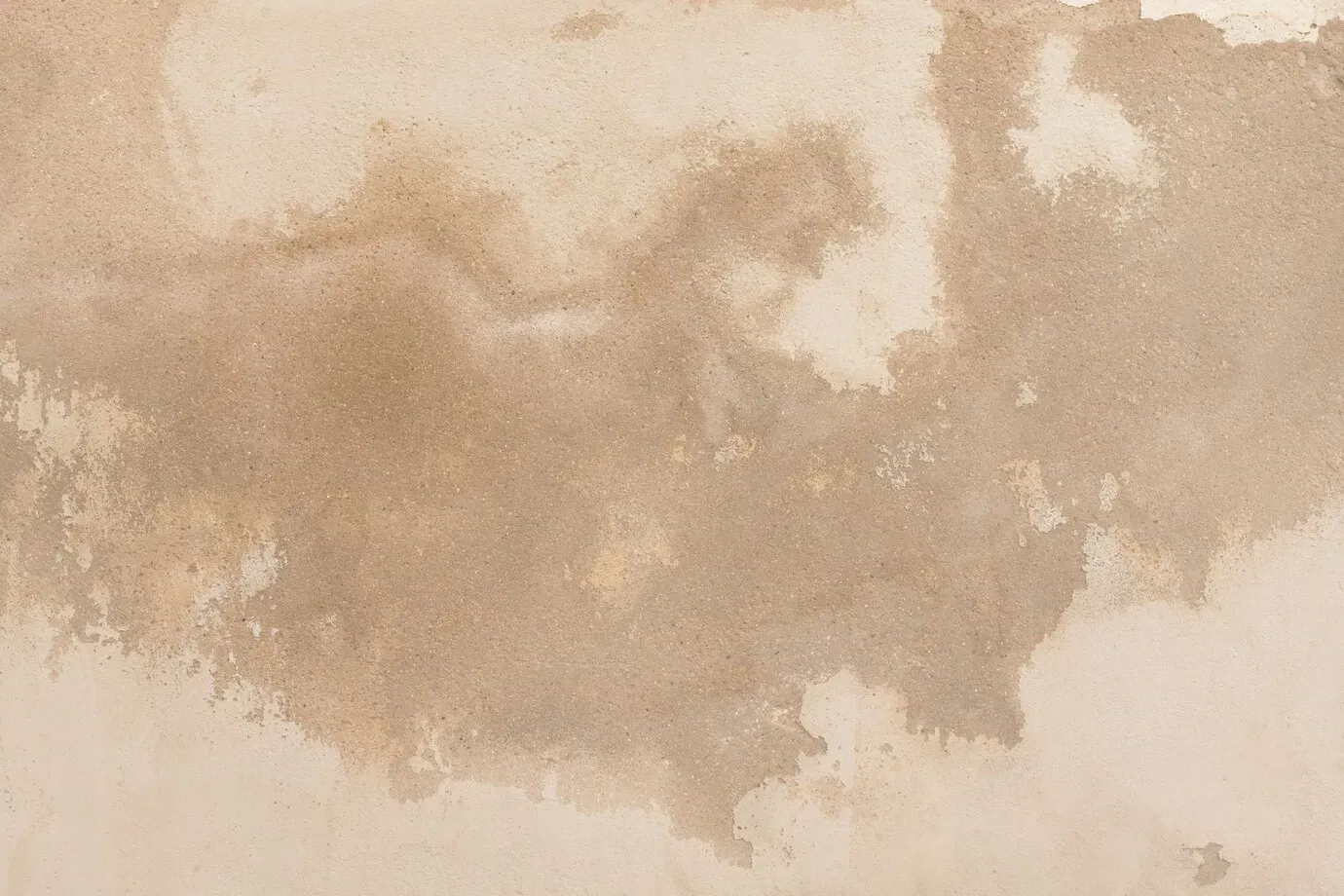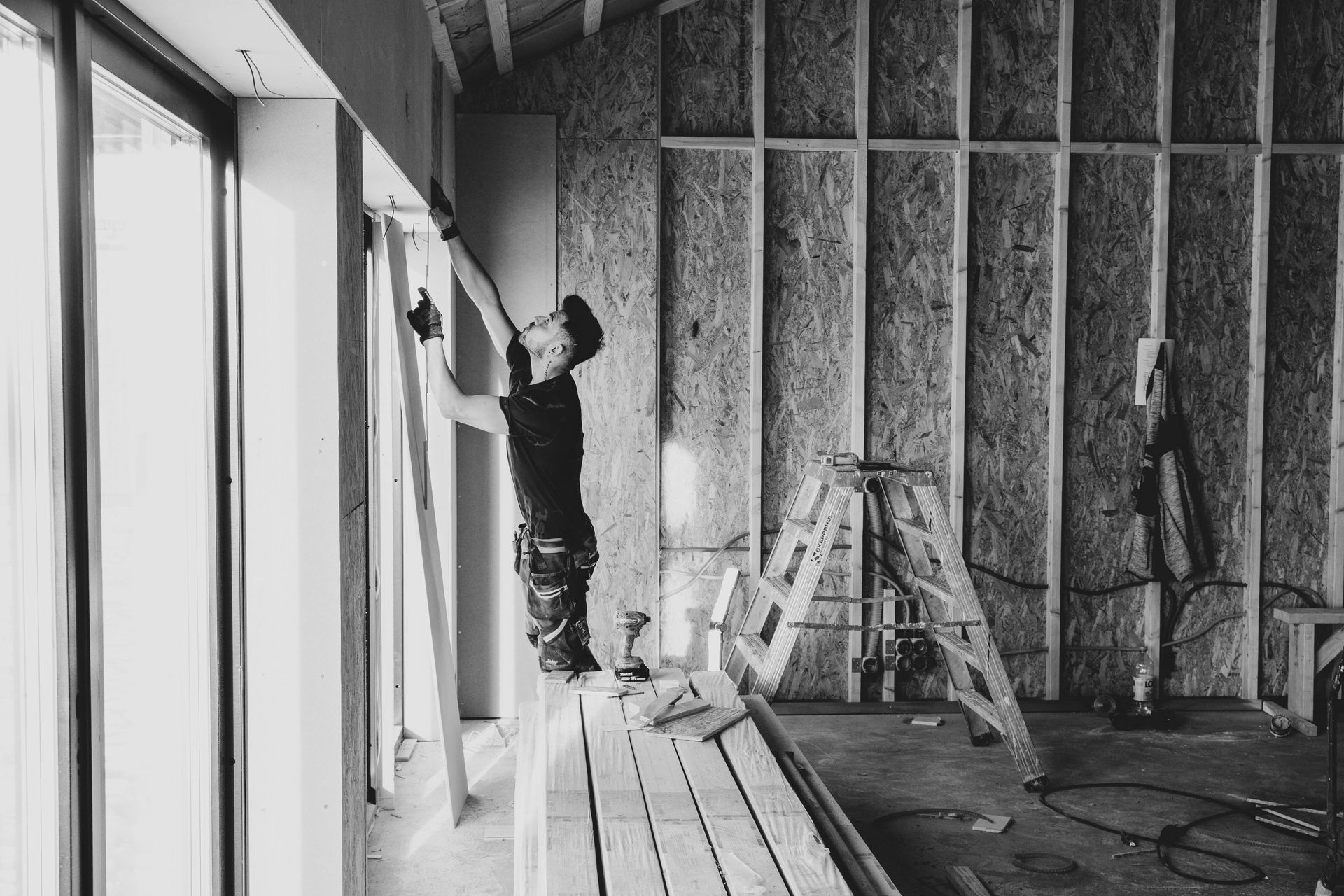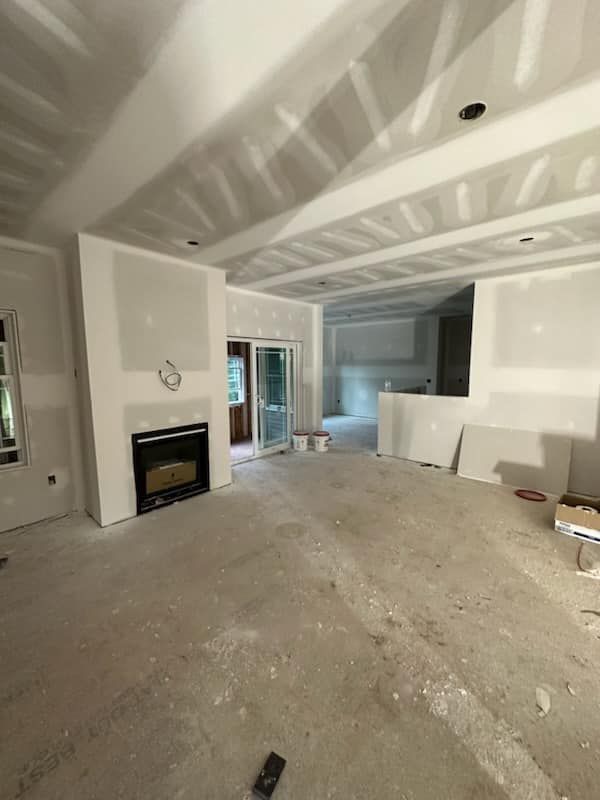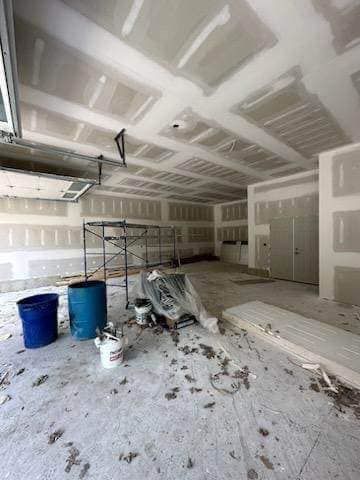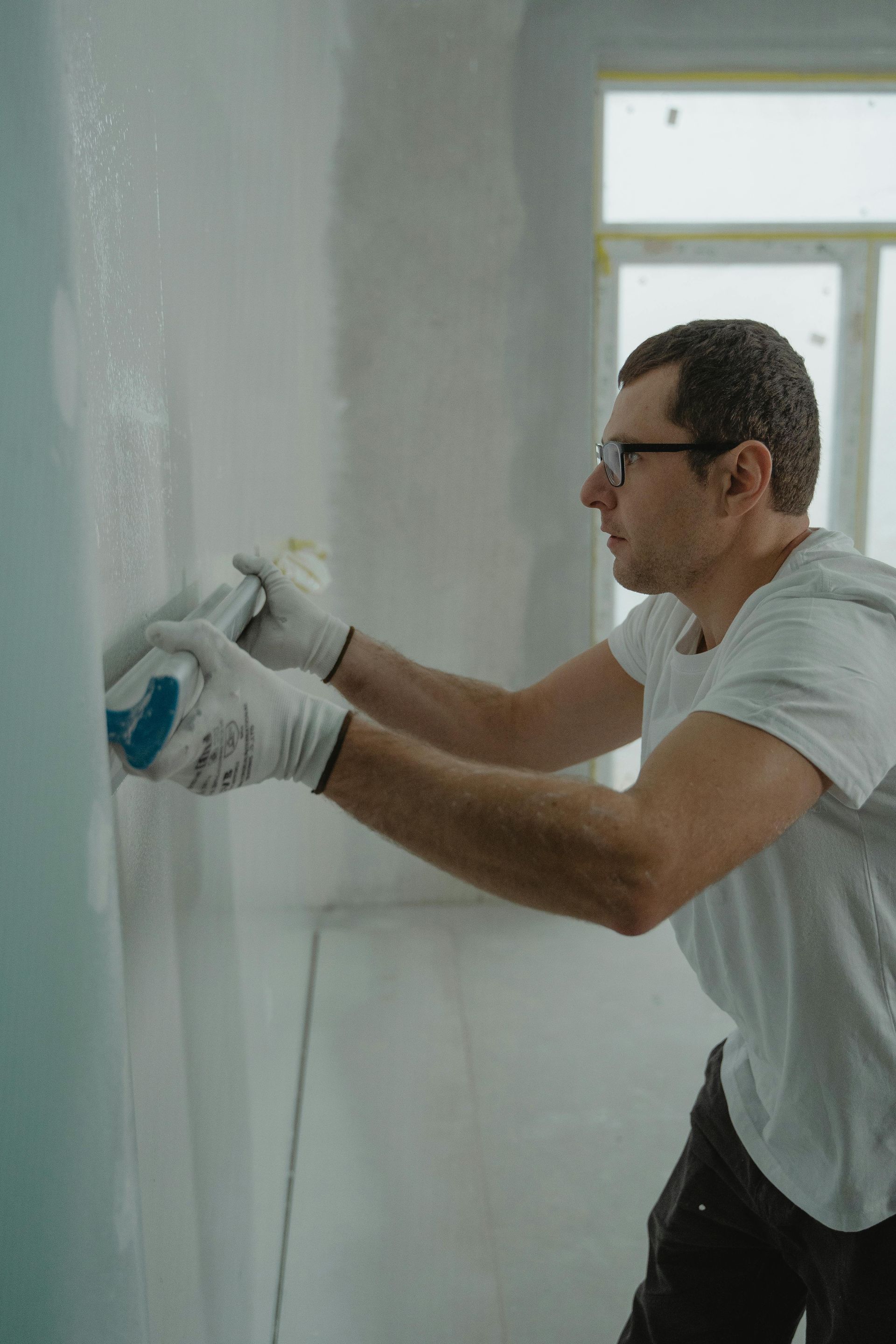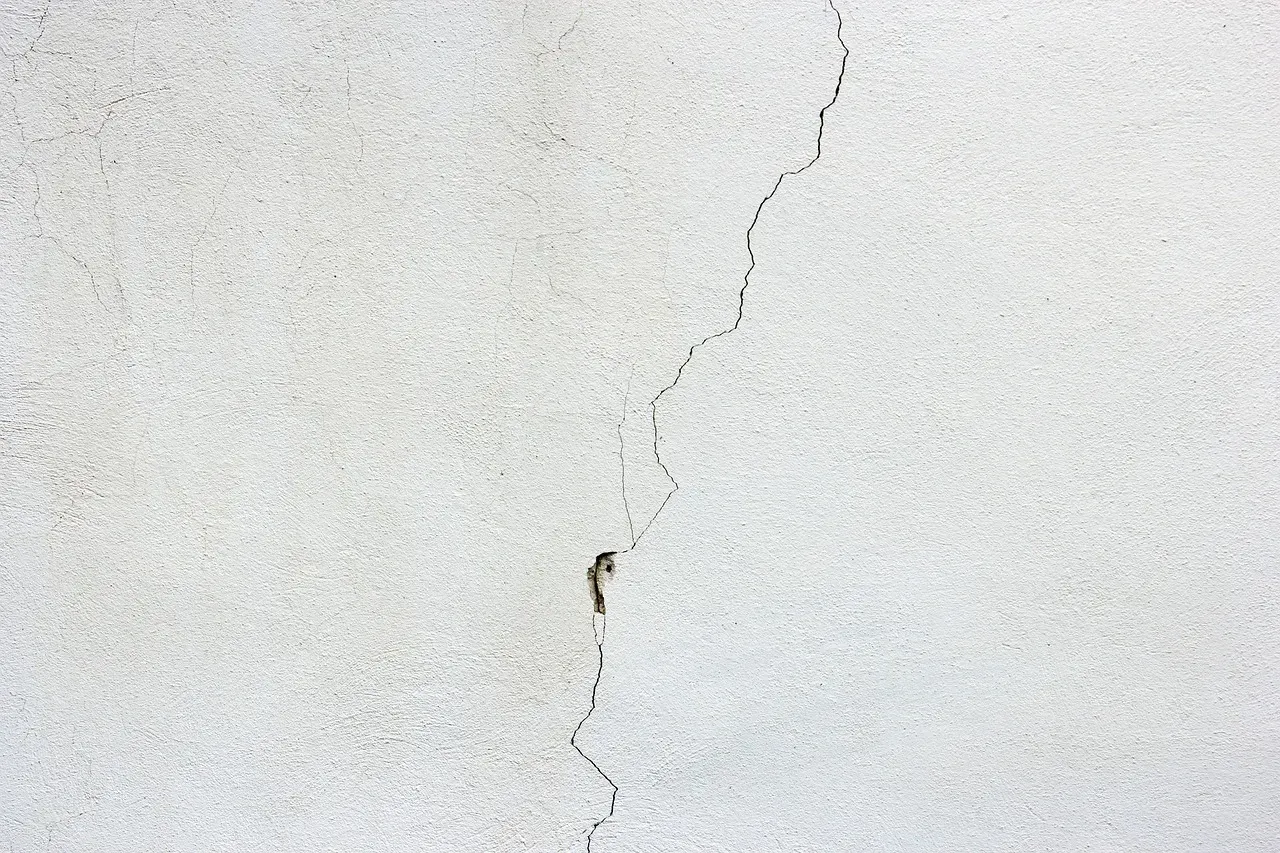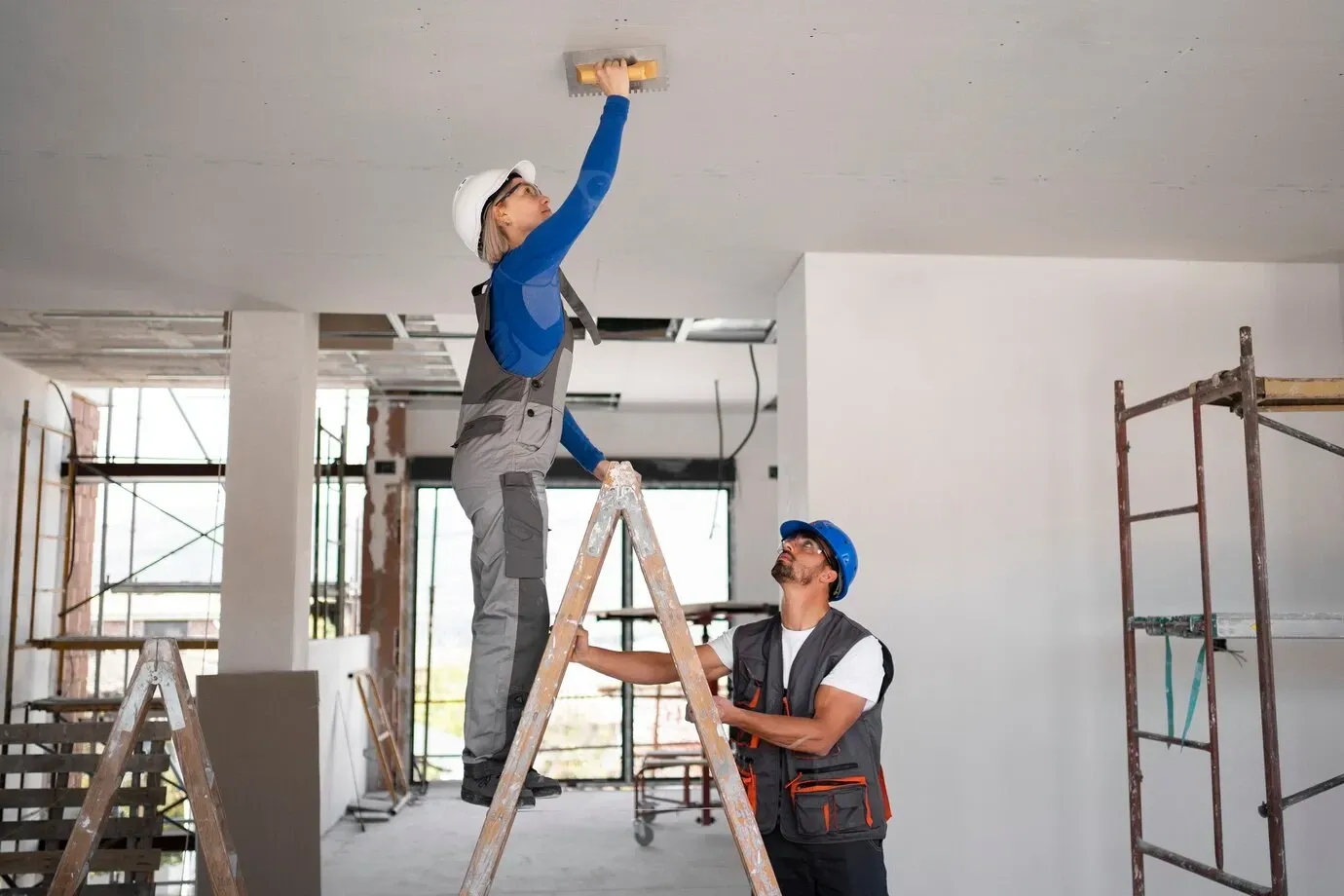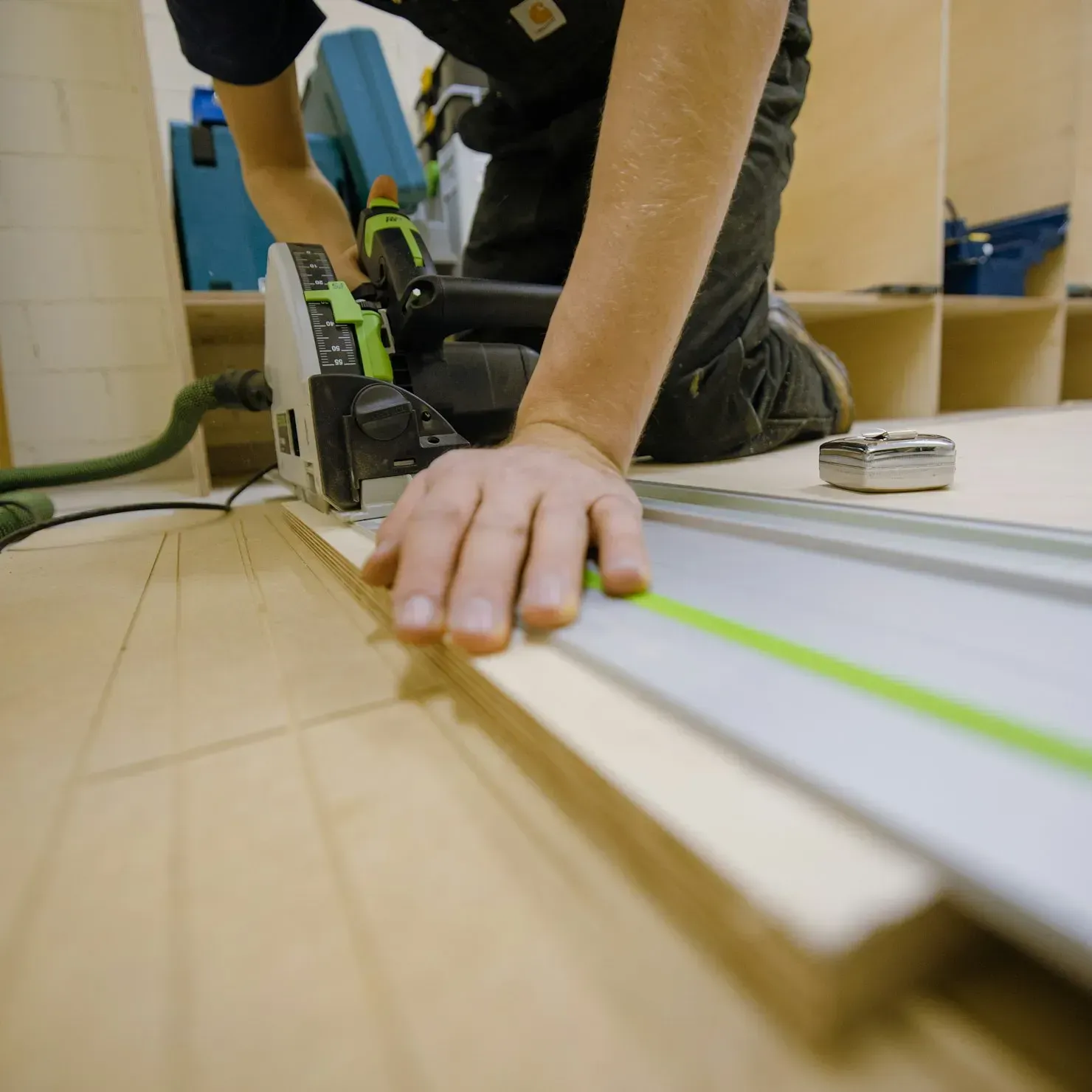Understanding the Different Types of Drywall and Their Uses
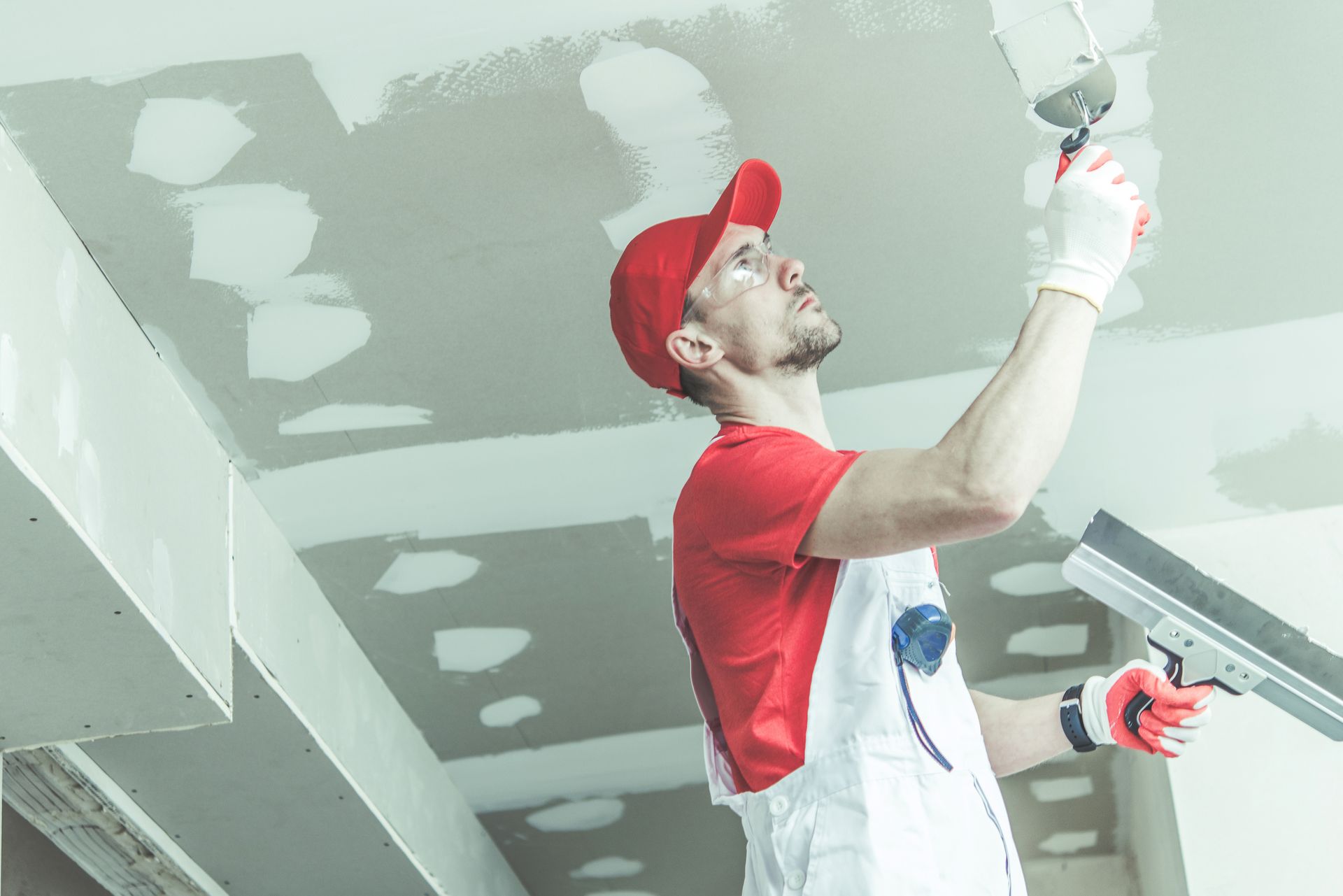
Drywall, also known as gypsum board or plasterboard, is a widely used building material for interior walls and ceilings. It offers a smooth, flat surface that is easy to finish and provides structural support to the overall construction. However, not all drywall is the same. There are various types of drywall available, each designed to meet specific requirements based on the intended application. In this blog, we will explore the different types of drywall and their uses, helping you make informed decisions for your construction or renovation projects.
Regular Drywall
Regular drywall, also known as standard drywall or whiteboard, is the most common type of drywall used in residential and commercial construction. It consists of a gypsum core sandwiched between layers of paper. Regular drywall is available in various thicknesses, with 1/2-inch and 5/8-inch being the most common options.
Regular drywall is suitable for most interior walls and ceilings where there is no expected moisture or fire exposure. It provides a smooth surface that is easy to paint, texture, or wallpaper. This type of drywall is cost-effective and readily available, making it a popular choice for general applications in homes, offices, and retail spaces.
Moisture-Resistant Drywall
Moisture-resistant drywall, also known as green board or green rock, is designed to withstand moisture and humidity better than regular drywall. It has a water-resistant core that is treated with moisture-resistant additives and is covered with a green paper facing.
Moisture-resistant drywall is commonly used in areas prone to moisture, such as bathrooms, kitchens, and laundry rooms. It provides a level of protection against water vapor and can help prevent mold and mildew growth. However, it is essential to note that moisture-resistant drywall is not suitable for areas that will be directly exposed to water, such as shower enclosures. In such cases, a cement backer board or other specialized materials should be used.
Fire-Resistant Drywall
Fire-resistant drywall, also known as Type X drywall, is specially formulated to offer enhanced fire resistance compared to regular drywall. It contains glass fibers and other additives that provide increased fire protection and a longer fire-rated assembly.
Fire-resistant drywall is typically used in areas where fire safety is a priority, such as stairwells, garages, and utility rooms. It helps to slow down the spread of flames, giving occupants more time to escape and firefighters more time to respond. It is important to follow local building codes and regulations to determine the required fire-rated assemblies for different areas of your building.
Soundproof Drywall
Soundproof drywall, also known as acoustic drywall or noise-reducing drywall, is designed to minimize sound transmission between rooms. It contains additional layers of gypsum and sound-dampening materials, such as viscoelastic polymers or gypsum-infused paper.
Soundproof drywall is commonly used in residential and commercial spaces where noise control is essential, such as bedrooms, home theaters, recording studios, and office conference rooms. It helps reduce the transfer of airborne sound, providing a quieter and more comfortable environment. However, it's important to note that complete soundproofing often requires additional measures, such as insulation and sealing gaps around doors and windows.
Conclusion
Choosing the right type of drywall is crucial to ensure the durability, functionality, and aesthetics of your interior walls and ceilings. Regular drywall is suitable for most standard applications, while moisture-resistant drywall offers added protection in areas prone to moisture. Fire-resistant drywall provides enhanced fire safety, and soundproof drywall helps control noise transmission. Understanding the different types of drywall and their uses allows you to make informed decisions based on the specific requirements of your construction or renovation project. By selecting the appropriate type of drywall, you can achieve the desired results while ensuring the longevity and performance of your interior spaces.

